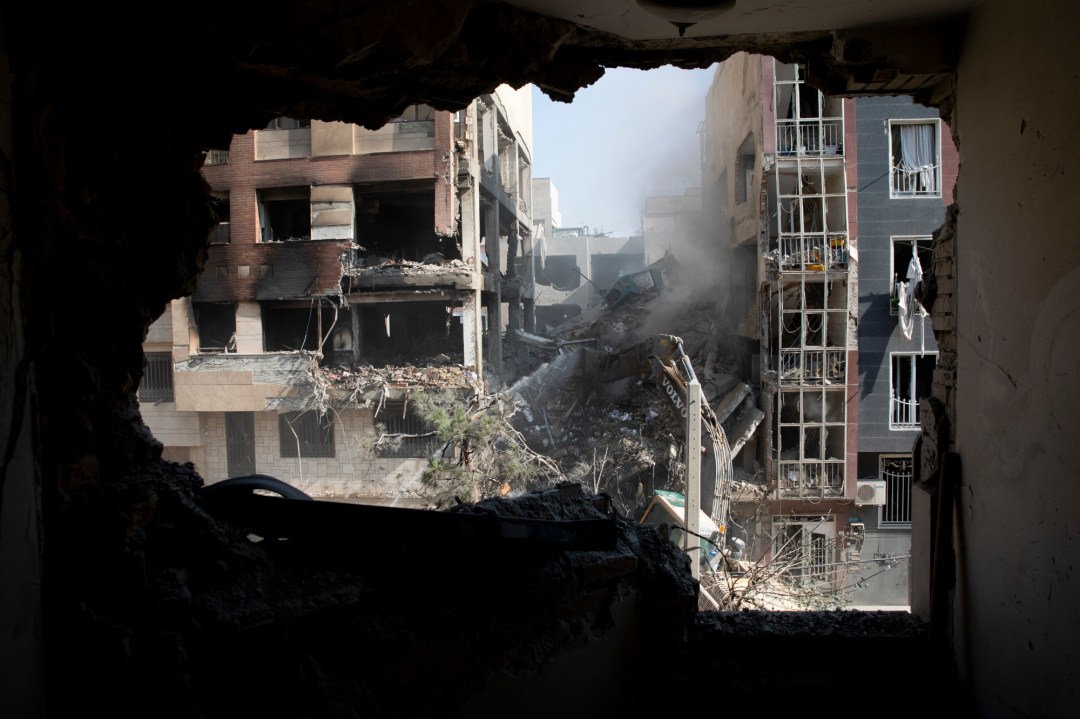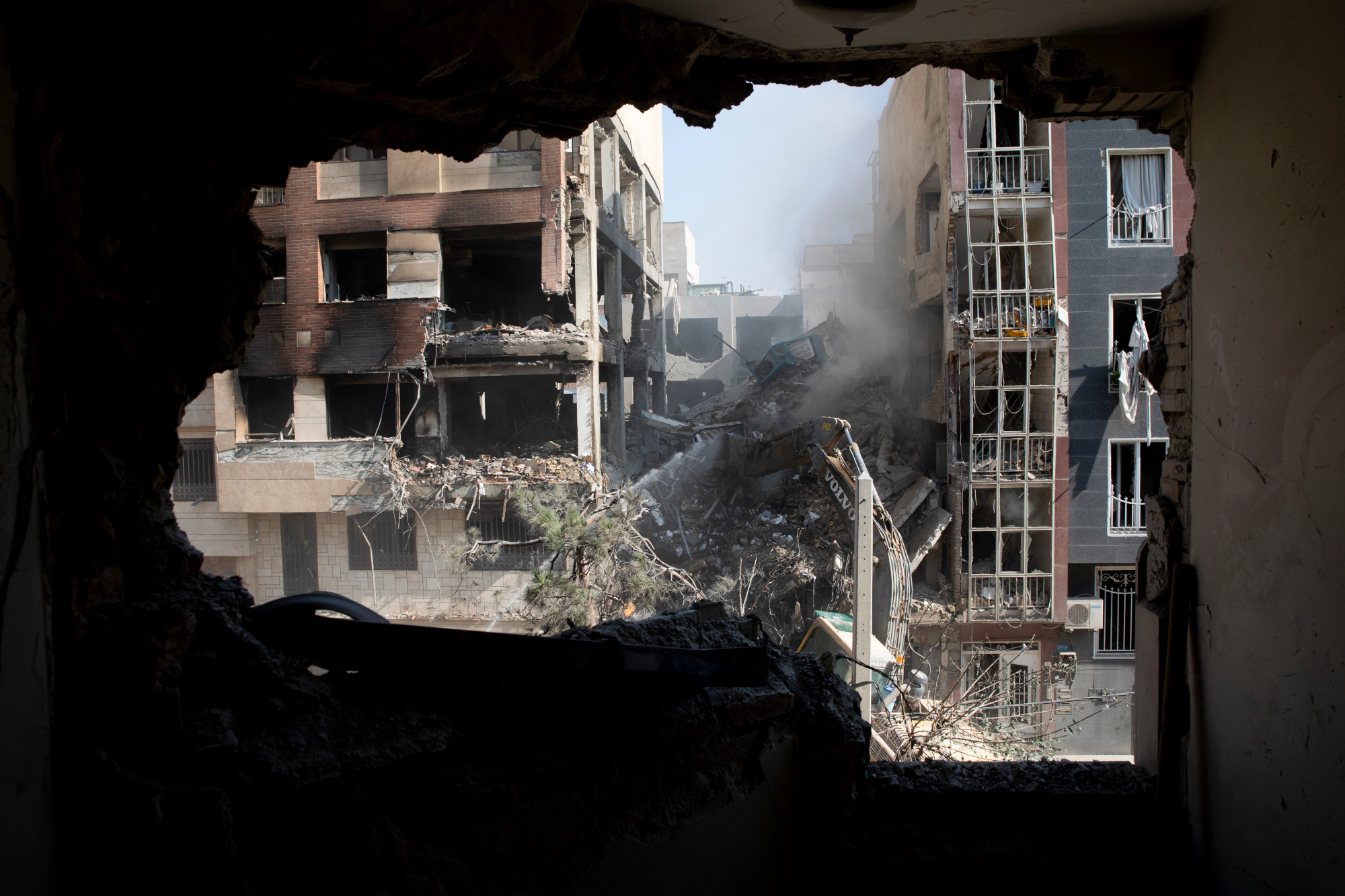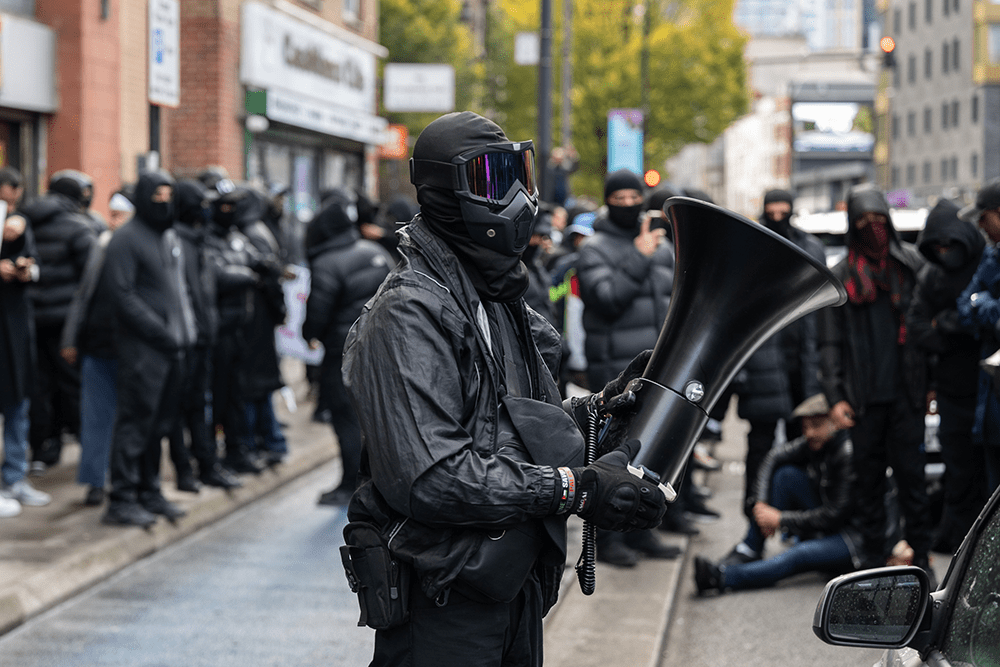As the dust settles from the United States and Israel’s sweeping strikes on the Islamic Republic regime’s nuclear infrastructure, a new battle has begun – one of narratives. Who really won? What damage was truly done? And what, precisely, has changed?
The regime in Tehran claims resilience. Israel says deterrence has been re-established. Washington insists it achieved total destruction and victory. But beneath the declarations is the harder reality: wars don’t end with scoreboards, but with contested facts and uncertain consequences.
Caution is warranted. The regime survives. Its ideology remains intact. Its opacity has deepened. What has been destroyed may eventually be rebuilt
What is clear is that the campaign against Iran was unprecedented in scope and ambition. Over 12 days, Israel and the United States launched coordinated strikes against three core components of the Islamic Republic’s nuclear programme: Natanz, Isfahan, and the heavily fortified Fordow complex. According to the Israel Defence Forces, the operation had been in preparation for years, fast-tracked only when intelligence pointed to the regime approaching a nuclear ‘point of no return’. The strikes were designed not merely to degrade, but to paralyse.
Prime Minister Netanyahu called the outcome a ‘historic victory’, citing the elimination of major nuclear sites, missile launchers, and 29 senior military officials. President Trump, speaking at the Nato summit in the Hague, was similarly blunt: ‘It’s gone for years, years.’ He likened the impact to Hiroshima and Nagasaki, not in scale of destruction, but in strategic finality. A war-ender.
There is evidence to support that view. The Islamic Republic’s own foreign ministry spokesperson, Esmaeil Baqaei, admitted to Al-Jazeera that the strikes had caused ‘severe damage’ to its nuclear infrastructure and dealt a heavy blow to diplomatic efforts. But just how severe remains unclear. A preliminary US Defense Intelligence Agency (DIA) assessment, leaked to the press, offers a more cautious view. It suggests the Fordow facility’s underground core may still be structurally intact, and that the programme could recover within months. A senior DIA official later clarified that this was ‘a preliminary, low confidence assessment – not a final conclusion,’ and that on-site inspection will be necessary to draw firm conclusions.
Unnamed Israeli sources initially echoed the uncertainty, though cautiously. Two officials quoted by ABC News reportedly said it was too early to declare the operation a success. One described the outcome at Fordow as ‘really not good,’ citing unresolved questions about how much enriched uranium was moved before the strikes and how many centrifuges might still be salvageable. But such accounts, like the DIA leak itself, are fragments: partial views of a wider intelligence mosaic. Media coverage tends to extract individual assessments or snippets of conversation, often out of context and shaped by editorial agendas. Just as states craft their narratives, so too do news organisations, whose reporting may amplify ambiguity while overlooking the classified consensus. As one Israeli source noted, establishing the full picture could take months, or prove impossible, but whatever conclusions emerge will come from comprehensive analysis, not headlines.
To try and quell such rumours, yesterday evening the Israeli Chief of the General Staff Eyal Zamir, issued a formal statement declaring that senior officers in IDF Intelligence and Israeli nuclear experts had assessed the blow to Iran’s nuclear project as ‘not a limited one—it was systemic.’ He added: ‘We struck main facilities, factories, industrial sites, and knowledge centres. The cumulative achievement allows us to state that Iran’s nuclear project suffered severe, broad, and deep damage, setting it back by years. We have demonstrated our resolve: we will not allow Iran to produce weapons of mass destruction.’
Additionally, Zamir said Israel had struck a severe blow to the Iranian missile capabilities, ‘destroying hundreds of launchers and missiles, and causing significant delays in their force-building plans. In addition, we achieved intelligence, technological, and aerial superiority. We attained full control of Iranian airspace and of every location where we chose to act.’ Israeli forces operated ‘covertly, deep in enemy territory’ and enjoyed ‘freedom of operational manoeuvre.’
Adding to the ambiguity is the Islamic Republic’s decision to suspend all cooperation with the International Atomic Energy Agency. IAEA Director General Rafael Grossi confirmed that the agency no longer knows the location of nearly 900 pounds of enriched uranium that the regime claims it moved for ‘protective reasons’. However, the Islamic Republic regime is known to lie, and certainly would like us to worry they have rescued plenty of their costly nuclear material. With inspections halted, the international community is being asked to assess a disappearing target.
But if the technical picture is clouded, the political one is sharper. The regime’s retaliation began with brutality. On the first day responding to Israel’s strikes it fired between 150 and 250 ballistic missiles at Israeli cities and military targets, inflicting serious damage and killing civilians. But as Israeli strikes dismantled launch sites and disrupted command infrastructure, the volume of fire steadily declined. What began as a lethal barrage soon became a dwindling trickle: fewer than 20 missiles a day by the final phase, though still deadly. Some of the missiles were more advanced, which might mean the lower numbers reflected an attempt to conserve capability as options narrowed. Overall, what looked initially like defiance gave way to degradation.
Its sole retaliation against the United States was even more revealing. The regime struck a US base in Qatar apparently with full advance warning. All personnel were evacuated. No damage occurred. The message was scripted for domestic audiences: a performance of strength carefully choreographed to avoid escalation. In effect, a surrender disguised as a counterstrike.
That the regime accepted a ceasefire just hours after its most devastating losses, including the assassination of nearly 30 senior commanders, reinforces the point. This was not a negotiated pause; it was a forced halt.
Still, caution is warranted. The regime survives. Its ideology remains intact. Its opacity has deepened. What has been destroyed may eventually be rebuilt. The wager of the strikes is that deterrence will hold, and that the risk and cost of recovery will deter the attempt. President Trump has made his position clear: any renewed enrichment will trigger another strike. ‘Sure,’ he said, when asked whether the US would act again. For now, the Islamic Republic appears to believe him.
So, who won? Israel and the United States achieved their stated operational goals. They inflicted profound damage, exposed the regime’s strategic weakness, and imposed a ceasefire on their terms. The Islamic Republic responded with posture, not power. But war is not only about what is destroyed. It is about what is rebuilt, and who gets to decide. That contest is not over. The war may have ended. The struggle over its meaning has just begun.









Comments